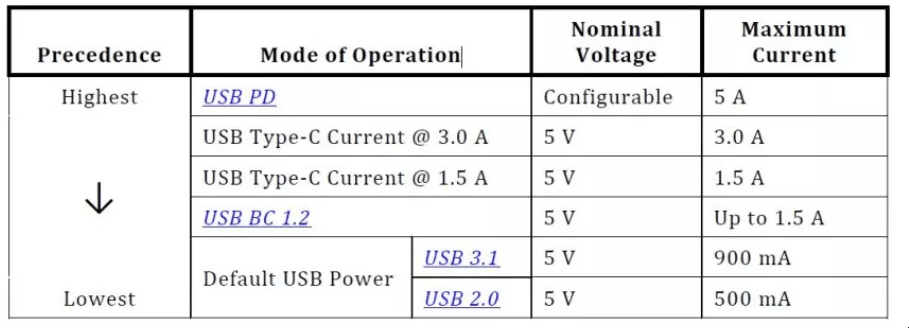USB Power Delivery
USB stands for Universal Serial Bus, which is a common interface for data transfer and power supply between various devices. USB has evolved from its original version in 1996, which supported only 5V and up to 500mA of current, to the Power Delivery 3.1 version in 2021, which supports up to 240W of power and data rates up to 20 Gbps. USB has also changed its physical connectors over time, from the rectangular Type-A and Type-B ports to the reversible Type-C port that can be plugged in either way.
One of the main advantages of USB Type-C is that it can support multiple protocols, such as USB 2.0, USB 3.2, Thunderbolt 4, DisplayPort, and HDMI, using a single cable. This makes it possible to connect different types of devices, such as smartphones, laptops, monitors, and external hard drives, using the same port and cable. However, not all USB Type-C ports and cables are created equal. Some may support only certain protocols or power levels, depending on the specifications of the devices and the manufacturers.
This is where USB power delivery comes in. USB PD is a specification that defines how devices can negotiate the voltage, current, and direction of power delivery over a USB Type-C cable. It aims to provide more flexible and efficient power delivery than the standard USB protocols, which are limited to 5V and up to 3A of current. USB PD can support up to 240W of power by increasing the voltage up to 48V and maintaining the current at 5A. This allows devices to charge faster and to provide power to other devices that require more than the standard USB power.

For example, a laptop with a USB PD port can charge a smartphone with a USB PD port using a USB Type-C cable. The laptop and the smartphone will communicate with each other over the cable and agree on the optimal power level for charging. The laptop will then provide power to the smartphone at that level until the smartphone is fully charged or the laptop runs out of battery. Alternatively, a smartphone with a USB PD port can also charge a laptop with a USB PD port using the same cable. The smartphone and the laptop will switch roles and the smartphone will provide power to the laptop at a lower level than the laptop can provide to the smartphone.
USB PD also supports an adjustable voltage supply mode, which allows devices to request intermediate voltages between 15V and up to the maximum available fixed voltage of the charger . This enables devices to optimize their charging efficiency and reduce heat generation. For example, a device that requires 18V of power can request that voltage from a charger that supports up to 20V instead of settling for 15V or 20V.
USB PD is compatible with other fast-charging standards that use USB Type-C ports and cables, such as Qualcomm Quick Charge and Samsung Adaptive Fast Charging. However, these standards may have different specifications and capabilities than USB PD, so they may not work well with devices that support only USB PD or vice versa. Therefore, it is important to check the compatibility of your devices and chargers before using them together.
Features of PD Charging
The main benefit is that typical power levels can now go up to 240W thanks to USB PD. As a result, your smartphone will be able to charge more quickly. Additionally, USB Power Delivery is bidirectional, enabling devices to both charge and transmit data simultaneously.
Next, the fact that the power direction is no longer fixed is another fantastic aspect of USB PD. It is also possible to switch the Source (power delivery) and Sink (power reception) sides. In the past, your phone would charge if you hooked it into the computer. But with Power Delivery, your hard drive may be powered by the phone you connect in.
PD will also guarantee that devices are not overcharged and will only supply the juice required. Many other gadgets and computers will be able to make use of the extra power, even though the majority of smartphones won’t be able to.
OEM Manufacturing for USB PD charger
If you want to outsource your USB PD charger or USB hub, please feel free to check with our team.
